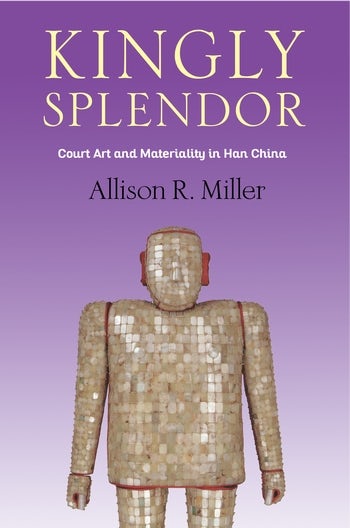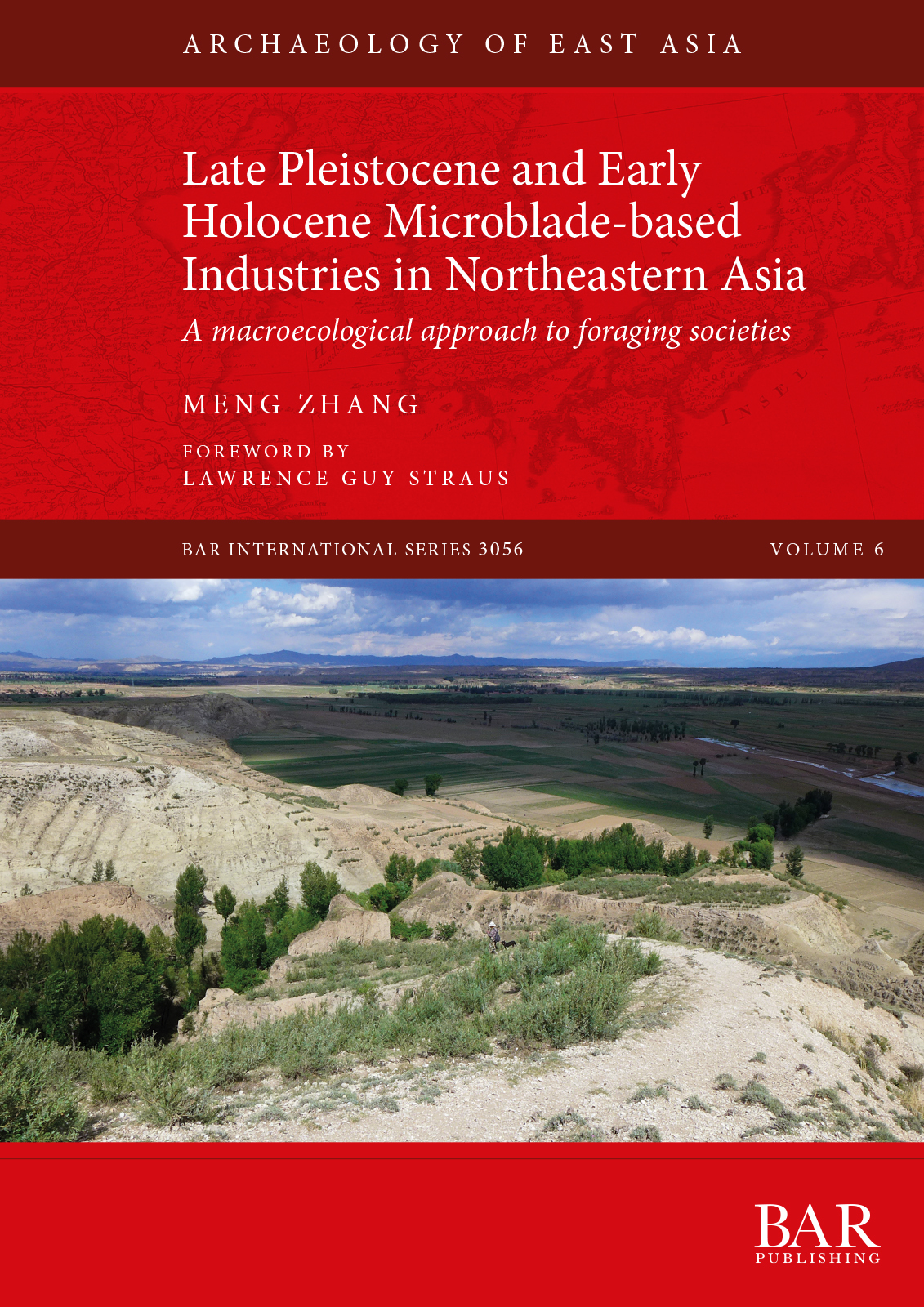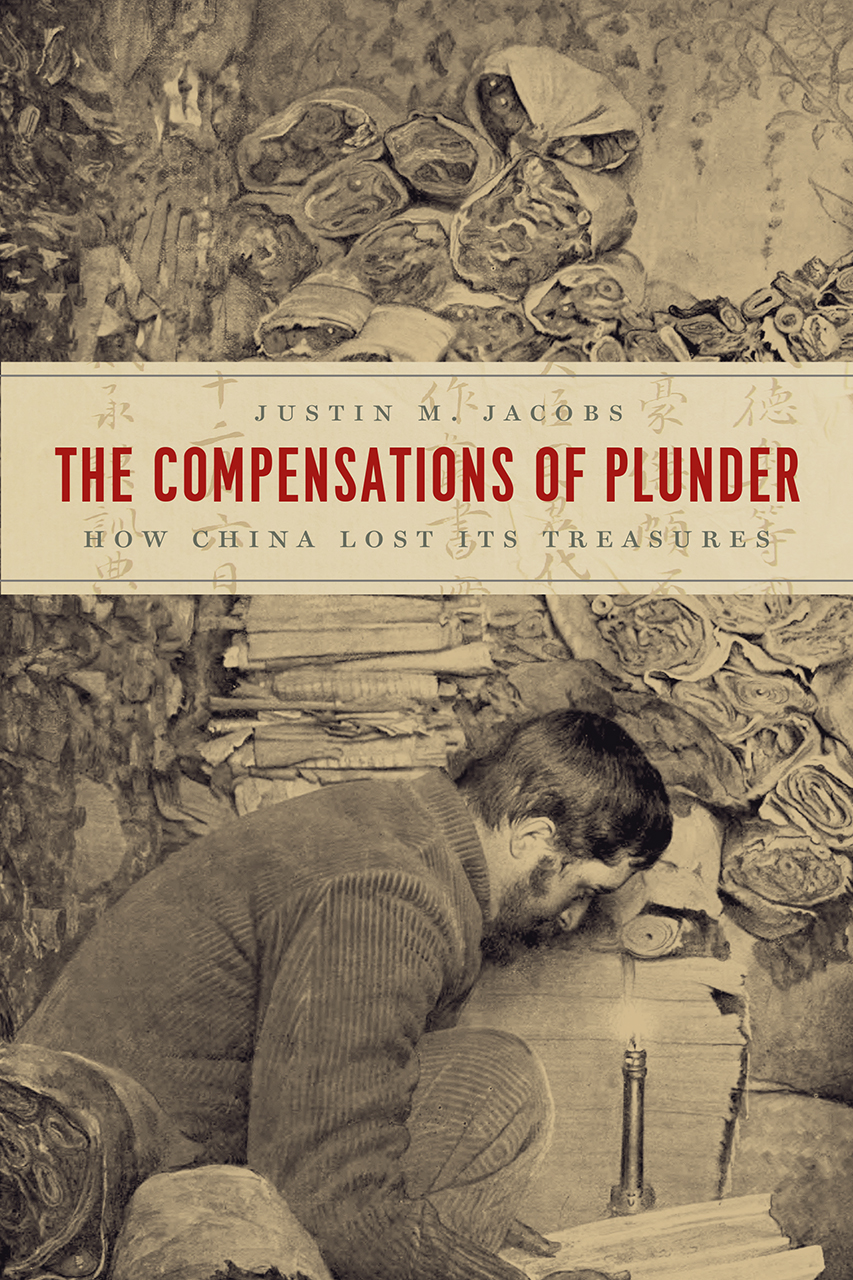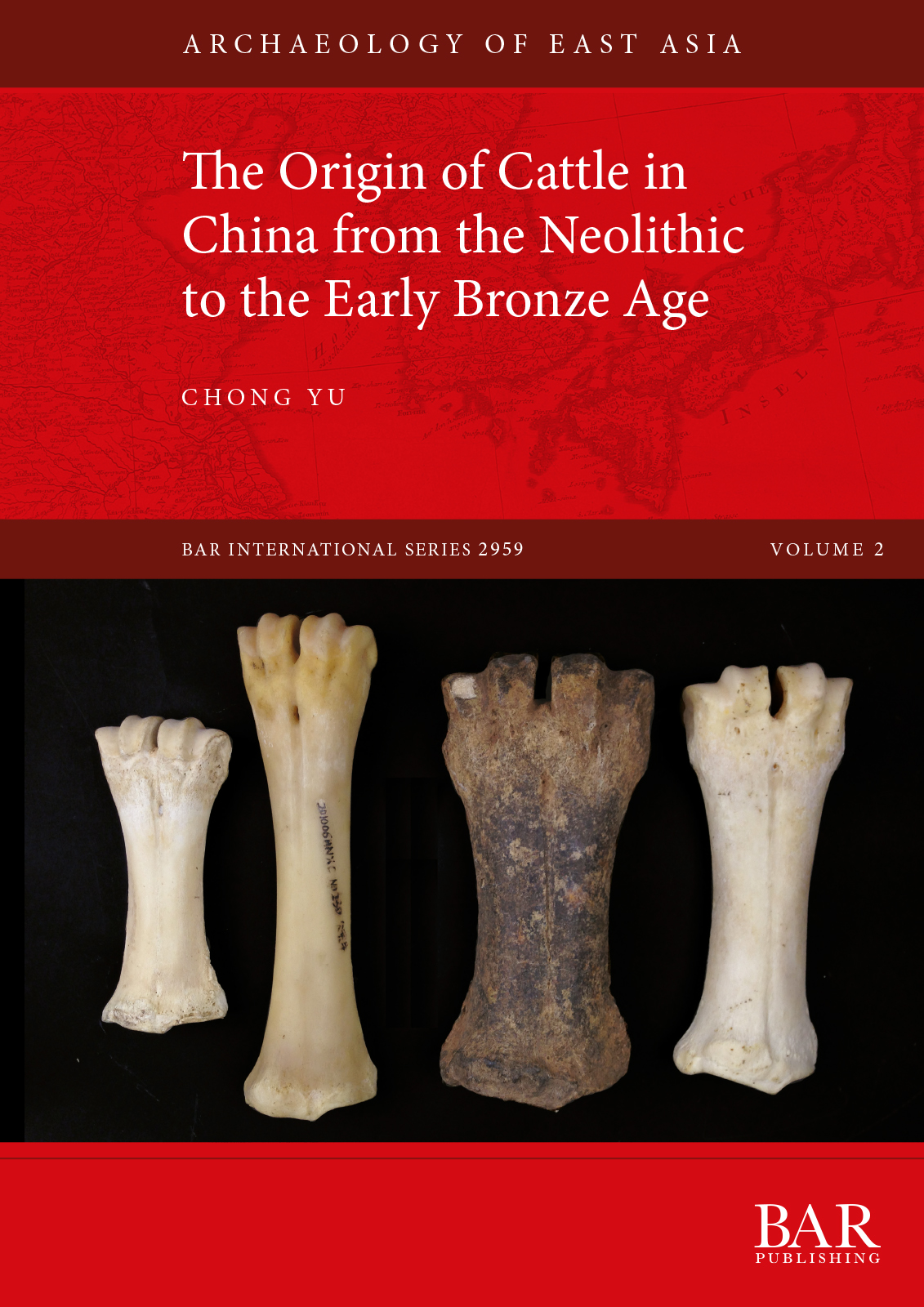This is an open access title available under the terms of a CC BY-NC-ND 4.0 License. It is free to read, download and share on the BAR Digital platform.
News tags
The Western Han dynasty (202 BCE–9 CE) was a foundational period for the
artistic culture of ancient China, a fact particularly visible in the era’s
funerary art. Iconic forms of Chinese art such as dazzling suits of jade;
cavernous, rock-cut mountain tombs; fancifully ornate wall paintings; and
armies of miniature terracotta warriors were prepared for the tombs of the
elite during this period. Many of the finest objects of the Western Han have
been excavated from the tombs of kings, who administered local provinces on behalf of the emperors.
The rise and fall of microblade technology during the late Pleistocene and early Holocene is not only a part of the panorama of global microlithization, but also a key question linked to human adaptive change in the face of climate fluctuation. This monograph creatively uses Lewis Binford’s macroecological approach developed from his book Constructing Frames of Reference (2001) against both interglacial and glacial climate conditions, to provide an explanation of variation and change among late Pleistocene and early Holocene microblade-based industries in northeastern Asia.
Megaliths of the World, edited by Luc Laporte, Jean-Marc Large, Laurent Nespoulous, Chris Scarre, Tara Steimer-Herbet, brings together the latest research on megalithic monuments throughout the world. Many of these sites are well known, others less familiar, yet equally deserving of close attention.
This book by Evgenia Dammer is the first comprehensive study of the technological knowledge needed to produce Neolithic Majiayao-style pottery (5300-4000 cal yr BP) which is famous for its painted designs in black and red. It examines the technological choices in the production of fine and coarse Majiayao-style pottery found across three river valleys, all located near the border area of Chinese provinces Gansu and Qinghai.
This book by Evgenia Dammer is the first comprehensive study of the technological knowledge needed to produce Neolithic Majiayao-style pottery (5300-4000 cal yr BP) which is famous for its painted designs in black and red. It examines the technological choices in the production of fine and coarse Majiayao-style pottery found across three river valleys, all located near the border area of Chinese provinces Gansu and Qinghai.
This book by Evgenia Dammer is the first comprehensive study of the technological knowledge needed to produce Neolithic Majiayao-style pottery (5300-4000 cal yr BP) which is famous for its painted designs in black and red. It examines the technological choices in the production of fine and coarse Majiayao-style pottery found across three river valleys, all located near the border area of Chinese provinces Gansu and Qinghai.
The effects of tectonic processes on archaeological sites are evidenced by earthquake damage, volcanic eruptions, and tsunami destruction. However, these processes affect a far broader sphere of landform structures, environment, and even climate that envelops an archaeological site and triggers human behavioural activities.
From the 1790s until World War I, Western museums filled their shelves with art and antiquities from around the world. These objects are now widely regarded as stolen from their countries of origin and demands for their repatriation grow louder by the day. In The Compensations of Plunder, Justin M. Jacobs brings to light the historical context of the exodus of cultural treasures from northwestern China.
Cattle (Bos taurus), domesticated from the extinct aurochs (Bos primigenius), has been an important animal to many human societies since prehistoric times. Cattle provides not only meat for subsistence, but also hide, blood, dung, milk and traction that contribute to the organization of human beliefs, cultural attitudes and social complexity. This book provides the widest range of cattle bone biometrical information from the Early Neolithic period to the Early Bronze Age (10000 to 3600 years ago) and investigates the morphological variation of this animal from a biological point of view: the main indicator for tracing domestication. The results suggest that cattle in ancient China was imported from the Near East around 4,300 years ago and made their first appearance in the Yellow River Valley. Once they had arrived in central China, these small-sized domesticated cattle soon spread and was exploited intensively from then on.







